
Sometimes Bad Things Happen to Good People
Recently, my 45-year-old son graduated from college with a bachelor’s in philosophy. It wasn’t easy because he has a past that could have made it impossible.
When Seth was a small boy, he had some experiences which hurt his heart and soul. Sometimes, no matter how carefully we try to guard our children bad things can happen. This set him on a troubled road. He used drugs, dropped out of high school, went to jail, and was sentenced to the D.O.C. (Department of Corrections) and a work-release program. He stole some cigarettes from a closed gas station and received a felony that would make life hard.
The future looked poor. However, he was a good person, as most of us are. When his son was born, he  decided to make a change. It wasn’t easy because of the past. People weren’t sure they could trust him and so they didn’t want to risk giving him a chance. He just kept looking and eventually, he found a man and a company that employed him. He worked in an underground mine running a huge haul truck and eventually became an underground miner.
decided to make a change. It wasn’t easy because of the past. People weren’t sure they could trust him and so they didn’t want to risk giving him a chance. He just kept looking and eventually, he found a man and a company that employed him. He worked in an underground mine running a huge haul truck and eventually became an underground miner.
However, after just a couple of years, his body wouldn’t take the shaking and jolting of the machine any longer and he was back on the hunt. He was hired at a scrap mental company sorting metal.
Setting the Goal and Sticking With It
Seth had a goal to make something of his life so he could be an example for his son and he became one of the BEST scrap mental sorters they had. Eventually, he was promoted and found himself running the front office involving the 20-ton scale and the selling and buying of scrap metals. Then during the market collapse of 2007, Seth was laid off.
He eventually found a job as a machinist and was promoted after a couple of years to the position of Quality Management Systems Specialist creating a Quality Management System training program and taught it to the employees at his plant and others in the state. This was the job that changed the direction of his life. He began to believe that he was smart enough and capable of returning to school.
While Seth was working at the mine, he developed a love for rocks and minerals. He studied them and began collecting them. He also learned to pan gold and joined an online club of like-minded people. Eventually, this love of rocks and minerals got him thinking about college. He determined to become a geologist. But he was pushing 40 and he had a felony on his record. He bravely decided to go for it.
At the University of MT, Seth did what he had done at the scrap metal job and as a machinist. He moved up. He impressed his professors and counselors and they asked him to mentor ‘at risk’ college students. His efforts were so effective that he was often able to keep all his mentees in college. He taught some classes. He was making a difference as he pursued his own goals.
All these opportunities moved him from seeking a degree as a geologist to getting a degree in philosophy. What a major jump!
We didn’t put Seth through school. He worked his way through! It wasn’t easy. I can remember times when he called me in tears seeking encouragement. He thought about quitting. After all, he was going to be 45 by the time he was done. It seemed indomitable at times!
This spring Seth accomplished his goal and graduated with a degree in Philosophy.
Anyone Can Build a Meaningful Life!
There is a purpose in my sharing Seth’s journey with you other than a mother’s bragging rights. It’s not the  education or the degree that thrills me. It’s that he was kind to himself, trusted himself, set a goal and then accomplished it.
education or the degree that thrills me. It’s that he was kind to himself, trusted himself, set a goal and then accomplished it.
The reason that I find that so magnificently thrilling is that when we can set a goal and stick with it, no matter how hard, then we can always take care of ourselves and others. We can always make, not just a living, but a life. Way to go Seth!!
P.S. Currently Seth is pursuing setting up a program to coach troubled youth. He understands that you can’t just take kids out of bad situations. You must help them be kind to themselves, trust themselves, set a goal and then accomplish it. You must change how they think.



 Recently, on a video app, my sisters and I were talking about what makes a great-grandma. The topic came up because one of my sisters has been accused of not being a good grandmother. It’s odd too because she is one of the coolest.
Recently, on a video app, my sisters and I were talking about what makes a great-grandma. The topic came up because one of my sisters has been accused of not being a good grandmother. It’s odd too because she is one of the coolest.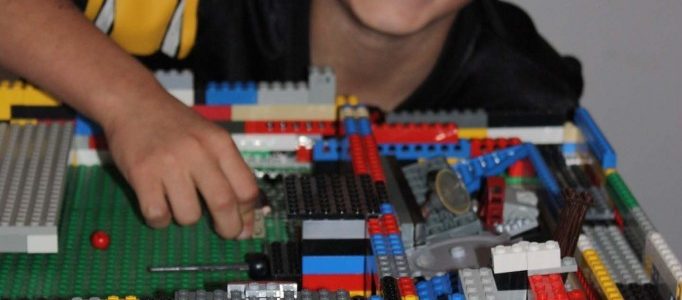
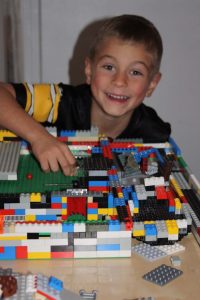
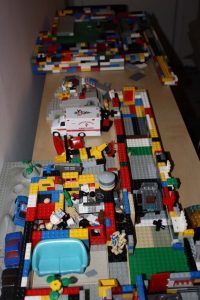 We only have one rule during Lego play. After they’re finished all Lego’s are to be put on top of the play table or under it.
We only have one rule during Lego play. After they’re finished all Lego’s are to be put on top of the play table or under it.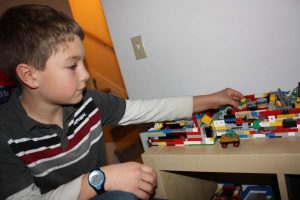
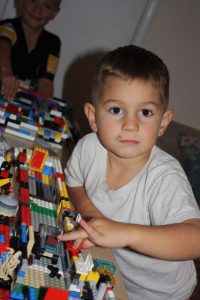
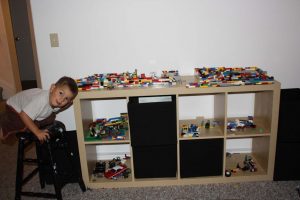
 I’m inspired and motivated by my children’s ability to learn and their level of creativity. I could have never imagined, and I can barely even think of what we would be missing out on if I hadn’t gotten over my negative thought patterns of “Lego’s are a mess” and “Lego’s are a waste of time”! Thank you, Mary Ann!
I’m inspired and motivated by my children’s ability to learn and their level of creativity. I could have never imagined, and I can barely even think of what we would be missing out on if I hadn’t gotten over my negative thought patterns of “Lego’s are a mess” and “Lego’s are a waste of time”! Thank you, Mary Ann!
 During the years that my family lived in ID. my dad was an over the road salesman. He bought a Cadillac and I hated that car. Every time we drove to my grandparents’ home in Afton, WY., with all the kids packed in the back seat, I would ruminate on my dad’s selfishness in buying such a stupid car for such a large family. Why didn’t we have a station wagon?
During the years that my family lived in ID. my dad was an over the road salesman. He bought a Cadillac and I hated that car. Every time we drove to my grandparents’ home in Afton, WY., with all the kids packed in the back seat, I would ruminate on my dad’s selfishness in buying such a stupid car for such a large family. Why didn’t we have a station wagon?
 Do you recall the White Rabbit in Lewis Carrols, Alice in Wonderland? You know the jumpy little guy who was always crying out, “I’m late, I’m late, for a very important date.” He was so worried about being in the right place at the right time. He had so much on his plate.
Do you recall the White Rabbit in Lewis Carrols, Alice in Wonderland? You know the jumpy little guy who was always crying out, “I’m late, I’m late, for a very important date.” He was so worried about being in the right place at the right time. He had so much on his plate.


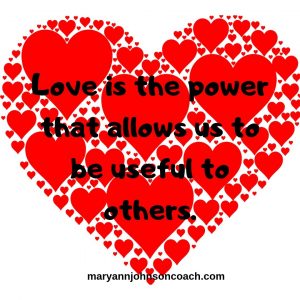
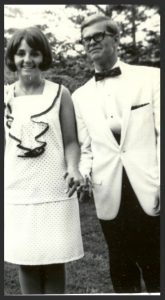 I’ve been married to the same man for 48 years. We celebrated this milestone in May of 2019. This has caused me to pause and contemplate the last fifty-one years. That’s how long I’ve known my husband, Don. I fell in love with him because he was handsome and romantic. One day he showed up at my door with a car full of roses. He had cleaned out a street vendor! But that isn’t why I’ve stayed with him.
I’ve been married to the same man for 48 years. We celebrated this milestone in May of 2019. This has caused me to pause and contemplate the last fifty-one years. That’s how long I’ve known my husband, Don. I fell in love with him because he was handsome and romantic. One day he showed up at my door with a car full of roses. He had cleaned out a street vendor! But that isn’t why I’ve stayed with him.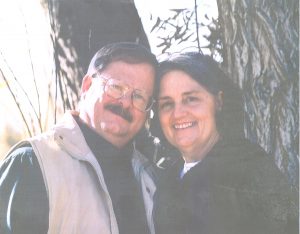 me. He often goes out of his way to do something he knows I need to have done. He looks at me when I am talking to him. He takes the time to listen. He doesn’t always get what I am saying but he listens and tries. : ) He often puts his needs ahead of mine.
me. He often goes out of his way to do something he knows I need to have done. He looks at me when I am talking to him. He takes the time to listen. He doesn’t always get what I am saying but he listens and tries. : ) He often puts his needs ahead of mine. There is a space between stimulus and response. Sometimes it’s so narrow that you would swear it isn’t even there. But it is and you can learn to recognize the moment of choice. You will still respond poorly for a time, but eventually, that space between stimulus and response will get wider and you will have time to choose a better response. I promise this is true!
There is a space between stimulus and response. Sometimes it’s so narrow that you would swear it isn’t even there. But it is and you can learn to recognize the moment of choice. You will still respond poorly for a time, but eventually, that space between stimulus and response will get wider and you will have time to choose a better response. I promise this is true!
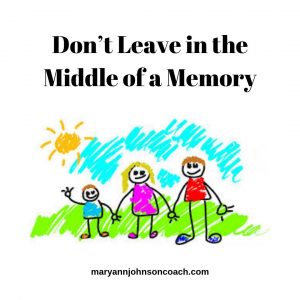

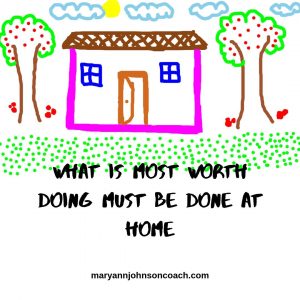

 One of my sisters decided to finish her basement and hired another sister and her husband to do the job. It’s important to know that they aren’t contractors but thought they could do the job. My sister, Nanette, went to Google to learn how it was done. She estimated that it would take them about two weeks.
One of my sisters decided to finish her basement and hired another sister and her husband to do the job. It’s important to know that they aren’t contractors but thought they could do the job. My sister, Nanette, went to Google to learn how it was done. She estimated that it would take them about two weeks.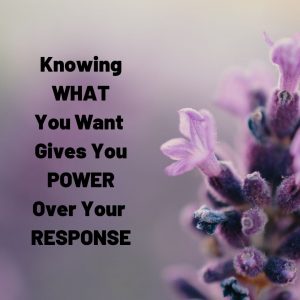 whether my sister should have said yes. It’s more a question of what my sister wanted.
whether my sister should have said yes. It’s more a question of what my sister wanted.